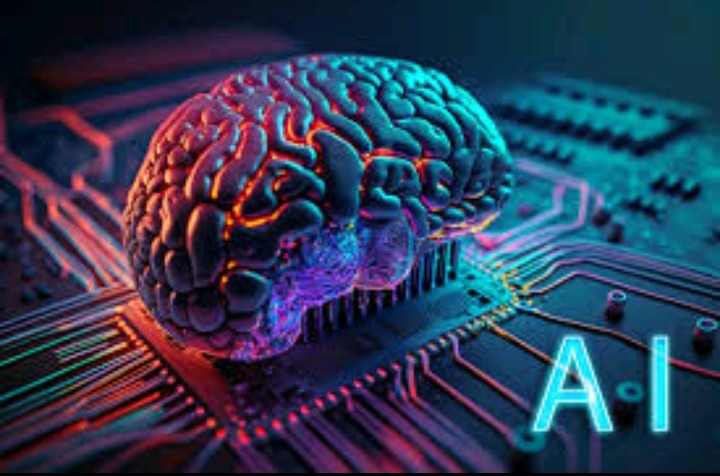About the course
Content
Introduction-What is Artificial Intelligence, Foundations of AI, Al-Past, Present and Future. Intelligent Agents- Environments- Specifying the task environment, Properties of task environments, Agent based programs- Structure of Agents, Types of agents-Simple reflex agents, Model-based reflex agents, Goal-based agents; and Utility-based agents. Problem Solving by Searching- Problem-Solving Agents, Well-defined problems and solutions, examples Problems, Searching for Solutions, Uninformed Search Strategies- Breadth-first search, Uniform-cost search, Depth-first search, Depth-limited search, Iterative deepening depth-first search, Bi directional search Knowledge Representation- Knowledge-Based Agents, The Wumpus World, Logic, Propositional Logic, Propositional Theorem Proving. Effective Propositional Model Checking. Agents Based on Propositional Logic, First-Order Logic-Syntax and Semantics of First-Order Logic, Using First-Order Logic, Unification and Lifting Forward Chaining. Backward Chaining. Learning-Forms of Learning, Supervised Learning-Artificial Neural Networks (ANN). Support Vector Machines (SVM), Unsupervised Learning: Clustering, Association. Advantages and disadvantages of Unsupervised Learning. Hill Climbing Algorithm Applications of AI- Natural Language Processing. Text Classification and Information Retrieval, Speech Recognition, Image processing and computer vision, Robotics.
UNIT-1 1. INTRODUCTION Artificial intelligence (AI) refers to computer systems capable of performing complextasksthathistoricallyonlyahumancoulddo,suchasreasoning, making decisions, or solving problems. Today, theterm" Al" describes a widerangeoftechnologies that power manyof the services and goods we use every day from apps that recommend tv shows to Chabot's that provide customer support in real time. Inthisarticle,you'lllearnmoreaboutartificialintelligence, whatitactuallydoes, and different types of it. In the end, you'll also learn about some of its benefits and dangers and explore flexible courses that can help you expand your knowledge of Al even further. Definitions/CategoriesofAI Thinking humanly-Machine with minds. It is an effort to make computers think. It involves automation of human activities such as decision making, problem solving and learning Thinking rationally Machine with models. It is the study of the computations that make it possible to perceive, reason, and act. Acting humanly -Create machines working as people. The study of how to make computers do things at which, at the moment, people are better Acting rationally Computational Intelligence is the study of the design of intelligent agents. Artificial Intelligence has become a buzzword in the technological world, with thepotential totransformthewaywe liveand work. The foundation ofAlliesin the Base which refers to the fundamental building blocks that make up the technology. These building blocks include machine learning, natural language processing, computer vision, and robotics, among others. Together, these components form the backbone of Al, allowing machines to learn, adapt, and improve over time. [1] Machine Learning: Machine learning that focuses on the development of algorithms that enable machines to learn from data and make predictions or decisions without being explicitly programmed. For instance, an e-commerce platform uses machine learning algorithms to recommend products to customers based on their browsing history. purchases, and search history. [2] Natural language Processing: Natural Language Processing (NLP) refers to the ability of machines to understand, interpret, and generate human language. NLP is essential for Chabot's, virtual assistants, and voice recognitionsystemsthatallowuserstointeract withmachinesusingnatural language. [3] Computer vision: Computer Vision involves training machines to interpret and understand visual data from the world around them. With computervision, machines can recognize objects, faces, and even emotions, which critical for applications such as facial recognition, surveillance, and self-driving cars. [4] Robotics: RoboticsistheapplicationofAlinthedevelopment ofrobots that can perform tasks autonomously. This includes everything from industrial robots used in manufacturing to autonomous drones and self- driving cars. FOUNDATIONSOFAI: The foundation provides the disciplines that contributed ideas, viewpoints and techniques to Al. Philosophy: PhilosophyistheverybasicfoundationofAI. Thestudyoffundamentalnatureofknowledge, realityandexistenceare considered for solving a specific problem is a basic thing in Al. Philosophy defines that how can the formal rules be used to draw valid conclusions. Idealism is the belief that the mind and ideas is the primary structure of reality and that physical or material reality is secondary. Materialism is the opposite of Idealism and sees matter as the primary reality and all other things including thoughts as the product of interactions of matter. Rationalism is the belief that the rational mind is the best way to know something. If you are a rationalist you believe that your mind is more trustworthy than your sense. A stick in the water might look bent, but you know rationally that it only looks that way because it is in the water.

- Teacher: Admin User